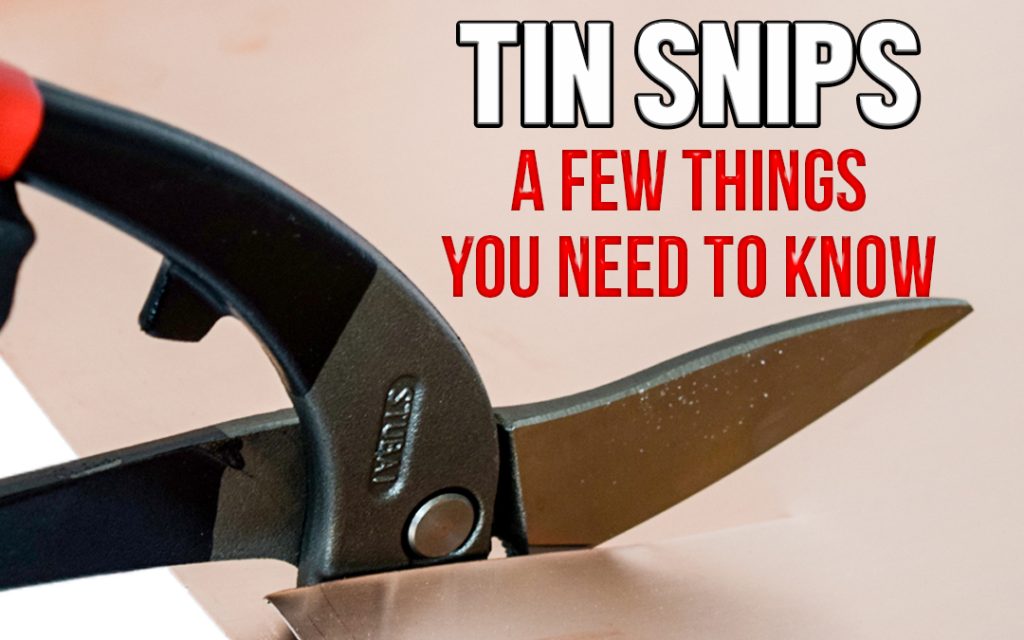tin snip uses

Tin snips, also known as aviation snips or compound snips, are hand tools designed for cutting thin sheet metal and other lightweight materials. They are primarily used in sheet metal work, HVAC (heating, ventilation, and air conditioning) installations, and various DIY projects. Here are some common uses for tin snips:
1.Sheet Metal Cutting:
Tin snips are specifically designed to cut through thin sheet metal with ease. They can cut materials such as aluminum, tin, copper, brass, and lightweight steel. Tin snips are commonly used in metal fabrication, roofing, and automotive bodywork to cut and shape sheet metal panels.
2.HVAC Work:
Tin snips are widely used in HVAC installations for cutting and shaping ductwork. HVAC professionals rely on tin snips to make precise cuts in sheet metal ducts, vents, and fittings, allowing them to create custom shapes and sizes as required by the installation.
3.Electrical Work:
Tin snips are handy tools in electrical work as well. They can be used to cut sheet metal electrical enclosures, junction boxes, or conduit fittings. Tin snips allow electricians to create openings and access points in metal enclosures for wiring connections or equipment installation.
4.DIY and Home Improvement Projects:
Tin snips are valuable tools for DIY enthusiasts and homeowners. They can be used for various projects, such as cutting flashing for roofing installations, trimming or shaping thin metal sheets for crafts or repairs, or cutting lightweight materials like plastic or vinyl.
5.Plumbing and Pipe Work:
Tin snips can be used in plumbing projects that involve cutting thin metal pipes, tubing, or fittings. They are useful for trimming and modifying pipes or cutting sheet metal components used in plumbing installations.
6.Art and Craft Projects:
Tin snips can be used in artistic and craft applications that involve working with thin metals. They allow artists and hobbyists to cut and shape metal sheets for sculptures, jewelry-making, decorative accents, or other creative endeavors.
7.Automotive Repairs:
Tin snips can be helpful in automotive repairs and restoration projects. They can be used to cut and shape thin metal panels, patches, or bodywork during repairs or modifications.
8. Related problem
What are tin snips best used to cut?
Tin snips come in various types, including straight-cut, left-cut, and right-cut snips, each designed for different cutting directions. It’s important to choose the appropriate type of tin snips based on your specific cutting needs and the type of material you are working with.
Always use caution and wear appropriate safety equipment, such as gloves and eye protection, when using tin snips or working with sheet metal to prevent injury.
These are good for cutting thin gauge metal sheet, metal mesh, and other mainly flat metal items. Types of tin snips available; Curved tin snips have curved blades that can perform tight radius cuts in both clockwise and anti-clockwise directions.
How to use tin snips?
There are eight tips to assist you with tin snips
To use tin snips:
- Put on safety goggles and gloves.
- Mark the cutting line on the sheet metal.
- Open the tin snips and position the material between the blades.
- Apply steady pressure on the handles while moving the snips along the cutting line.
- For straight cuts, use straight-cutting tin snips; for curves, use curved-cutting snips.
- Use the appropriate snips for the material thickness and type.
- Test the cut periodically to ensure it’s progressing correctly.
- Clean and oil the snips after use for maintenance.